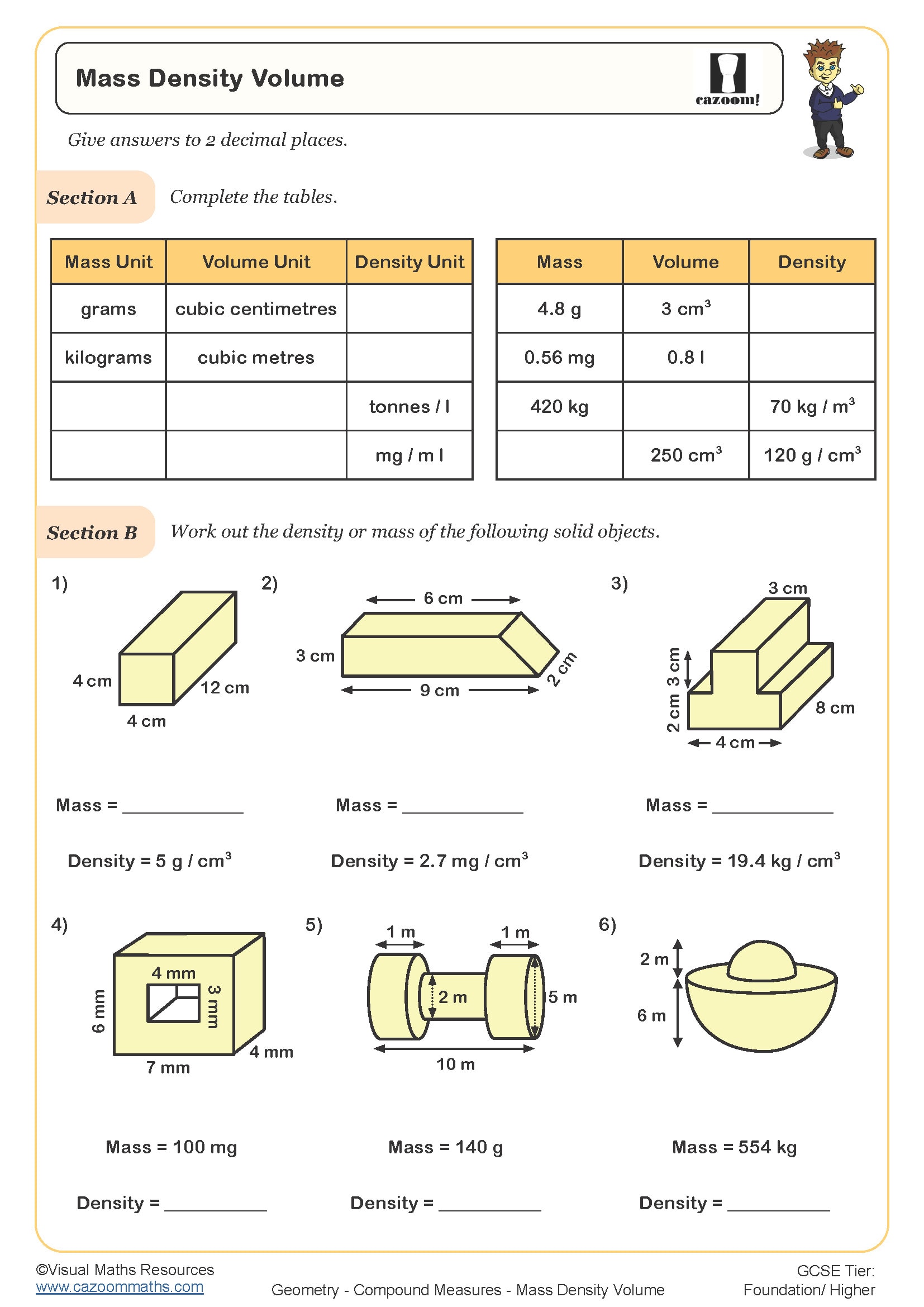Understanding Volume: A Comprehensive Guide
In everyday life and various fields such as mathematics, science, and finance, the concept of “volume” plays a crucial role. Whether you’re measuring the space a liquid occupies, the loudness of sound, or the number of shares traded in the stock market, understanding volume is essential. This article aims to delve deeply into the concept of volume, exploring its various meanings, applications, and significance.
Key Takeaways
- Volume can refer to the amount of space a substance occupies, the loudness of sound, or the quantity of transactions in financial markets.
- Understanding volume is crucial in fields like mathematics, science, music, and finance.
- Different units are used to measure volume depending on the context, such as liters, cubic meters, or decibels.

What Is Volume?
The term “volume” can be defined in several contexts, each with its unique significance and application. Let’s break down the different interpretations of volume:
Volume in Mathematics and Science
In mathematics and science, volume refers to the amount of three-dimensional space an object or substance occupies. It is a fundamental concept used to quantify the capacity of containers and the size of objects. Volume is typically measured in cubic units, such as cubic meters (m³), cubic centimeters (cm³), or liters (L). Calculating volume can vary depending on the shape of the object:
- Cuboid: Volume = Length × Width × Height
- Cylinder: Volume = π × Radius² × Height
- Sphere: Volume = (4/3) × π × Radius³

Understanding volume in this context is crucial for fields like engineering, architecture, and chemistry, where precise measurements are necessary for designing structures, mixing solutions, and more.
Volume in Acoustics
In acoustics, volume refers to the perceived loudness of sound. It is an important aspect of audio engineering, music production, and broadcasting. Volume is measured in decibels (dB), which quantify sound intensity. Adjusting volume levels is crucial for achieving the desired auditory experience, whether it’s ensuring clear communication in a conference call or creating an immersive soundscape in a concert hall.
Volume in Finance
In the financial world, volume refers to the number of shares or contracts traded in a security or market during a given period. It is a key indicator of market activity and liquidity. High trading volume often signifies strong investor interest and can lead to price volatility, while low volume may indicate a lack of interest or liquidity. Understanding trading volume helps investors make informed decisions about buying or selling securities.
Why Is Volume Important?
The significance of volume extends across various domains, each with its unique implications and applications:
In Science and Engineering

Volume measurements are critical in scientific experiments and engineering projects. Accurate volume calculations ensure that chemical reactions occur correctly, materials are used efficiently, and structures are built safely. For instance, in pharmacology, precise volume measurements are necessary to ensure the correct dosage of medication.
In Music and Audio Production
Volume control is essential in audio production to balance different sound elements and create a harmonious listening experience. Whether it’s adjusting the levels of different instruments in a song or ensuring clear speech in a podcast, volume plays a pivotal role in sound quality.
In Financial Markets
Volume analysis is a crucial tool for traders and investors. It provides insights into market trends, investor sentiment, and potential price movements. By analyzing volume patterns, traders can identify potential entry and exit points, assess market strength, and manage risk effectively.
How to Measure Volume
Measuring volume accurately is essential in various contexts, and the method used depends on the nature of the substance or object:
Measuring Volume in Mathematics and Science
For regular geometric shapes, volume can be calculated using mathematical formulas, as mentioned earlier. For irregular objects, the water displacement method is often used, where the object is submerged in water, and the volume of displaced water is measured.
Measuring Sound Volume
Sound volume is measured using a sound level meter, which captures sound pressure levels and converts them into decibels. This helps in setting appropriate volume levels in different environments, such as concert venues, recording studios, and public spaces.
Measuring Trading Volume

In finance, trading volume is typically recorded by exchanges and displayed in market data platforms. Investors and analysts use this information to gauge market activity and make informed decisions.
Understanding “what is volume” across different contexts is vital for various fields and applications. Whether it’s calculating the capacity of a container, adjusting the loudness of sound, or analyzing market activity, volume is a fundamental concept that influences numerous aspects of our daily lives. By grasping the different interpretations and significance of volume, individuals can make informed decisions and enhance their understanding of the world around them.